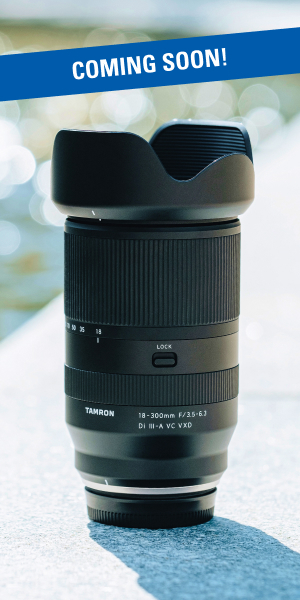From jagged mountain peaks to mist-draped valleys, the elevated world presents a visual feast for landscape photographers. But turning those awe-inspiring scenes into striking images takes more than just a good eye—it requires the best camera lens for mountain photography. Tamron’s zoom lenses are engineered for these moments, delivering precision, clarity, and versatility from high vantage points. Whether you’re scaling ridgelines or shooting from scenic overlooks, the right gear helps ensure every shot rises to the occasion.
Photographing from such heights isn’t just about pointing your camera into the distance and pressing the shutter, however. It takes intention, the right tools, and a little elevation know-how.
What You’ll Learn In This Article
- Key challenges and solutions for shooting landscapes from high elevations
- How to minimize atmospheric haze and manage dynamic light conditions
- Top Tamron zoom lenses ideal for capturing detailed, elevated views
- Best times and weather conditions to photograph from high vantage points
- Post-processing tips to enhance clarity and depth in high-altitude images
The Unique Challenges of High-Altitude Photography
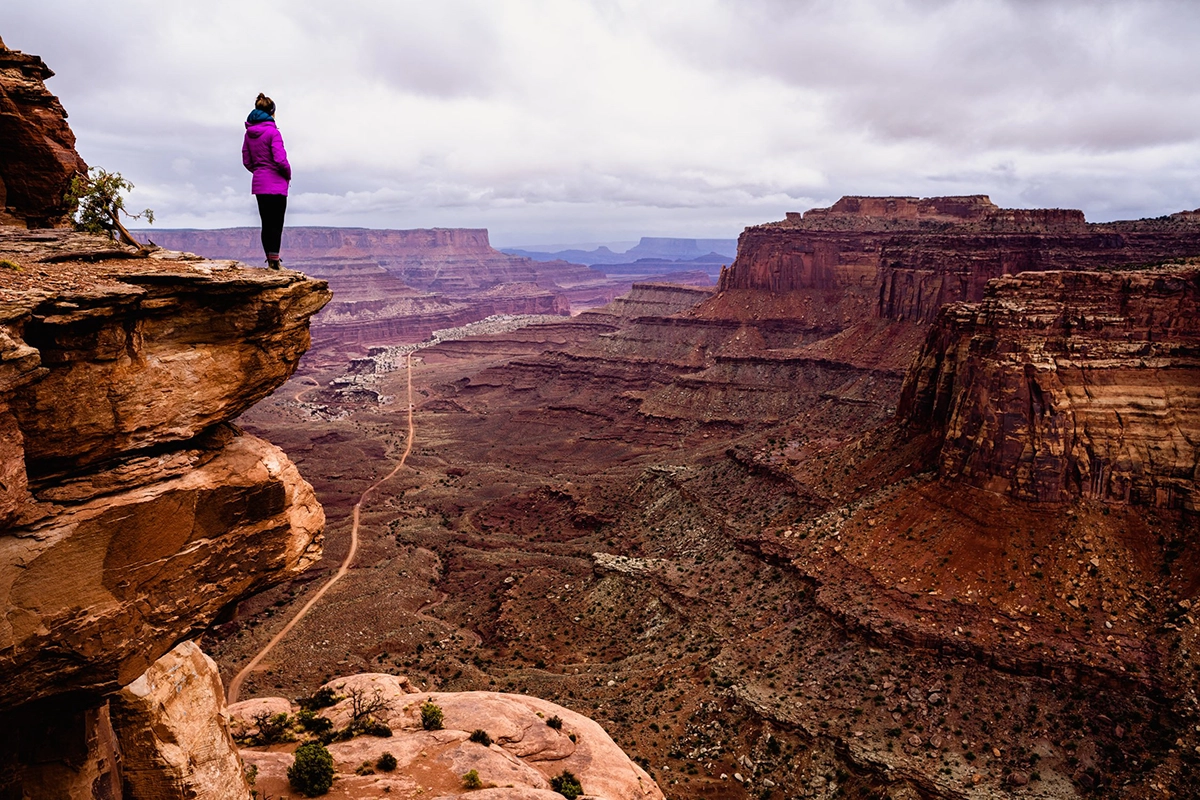
Shooting from high vantage points introduces a distinct set of technical hurdles. At these elevations, high-altitude photography often involves contending with increased atmospheric haze, rapidly shifting light, and a broader dynamic range than typical landscape scenes. Details can become muted or washed out, and highlights may blow out more easily—especially during midday hours.
One of the primary concerns is how to reduce haze in landscape photos. Particles in the air scatter light, softening contrast, and dulling colors. Without the proper adjustments in-camera or post, your dramatic view may look flat and lifeless.
Then there’s the issue of perspective. From up high, elements like trees, rivers, and roads appear compressed. Managing this distortion—so it enhances rather than hinders your composition—is where skill and the proper lens make all the difference.
Choosing the Right Tamron Lenses for the Heights
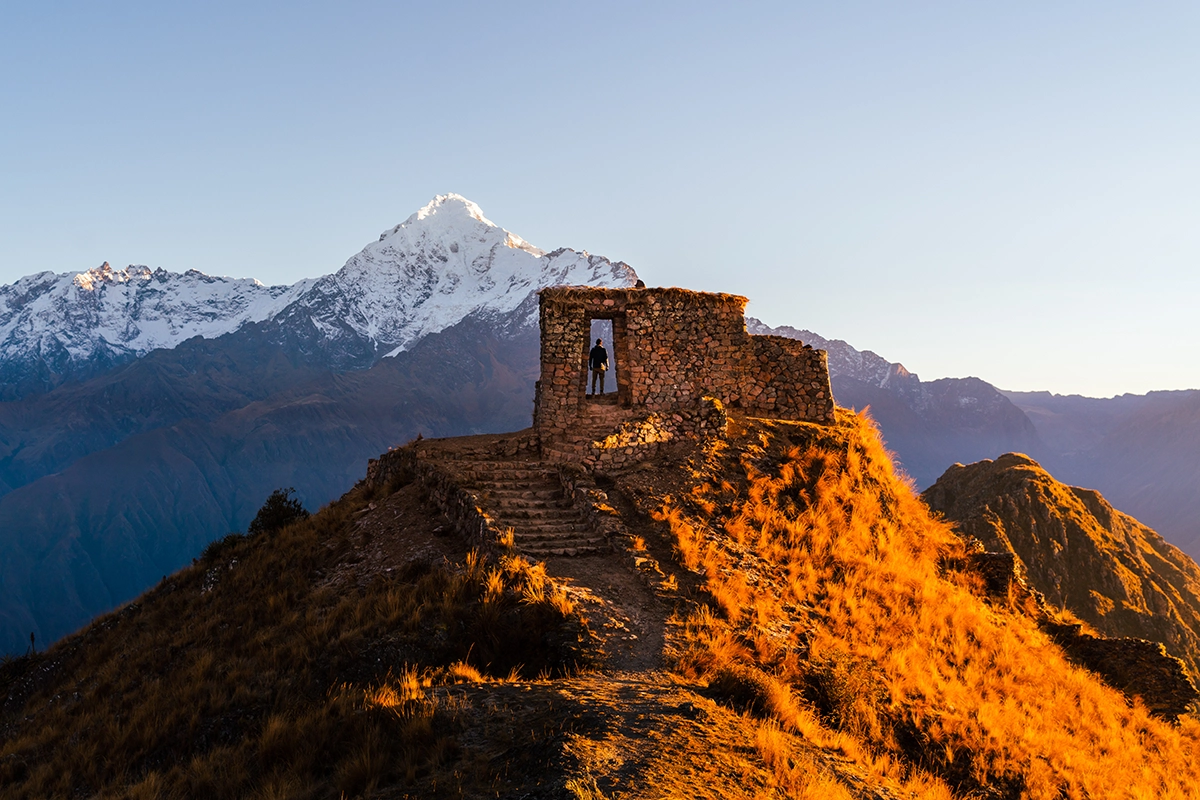
Having the right lens can transform a good shot into a breathtaking one. Tamron’s zoom lenses deliver clarity and creative flexibility for photographers chasing elevation.
- Tamron 28-200mm f/2.8-5.6 Di III RXD: An ideal companion for high-altitude expeditions. Its broad focal range allows you to frame expansive vistas and then zoom in to isolate specific elements like winding trails or layered ridgelines. It’s lightweight, too—a welcome trait when hiking to that perfect overlook.
- Tamron 35-150mm f/2-2.8 Di III VXD: A powerhouse for those seeking finer detail and low-light performance. With its fast aperture and precise focus, it’s one of the best zoom lenses for landscape photography, particularly when shooting during the fleeting light of sunrise or sunset. The ability to switch between wide environmental shots and tight, contrast-rich close-ups gives photographers total compositional control.
Light, Weather, and the Golden Hour Advantage
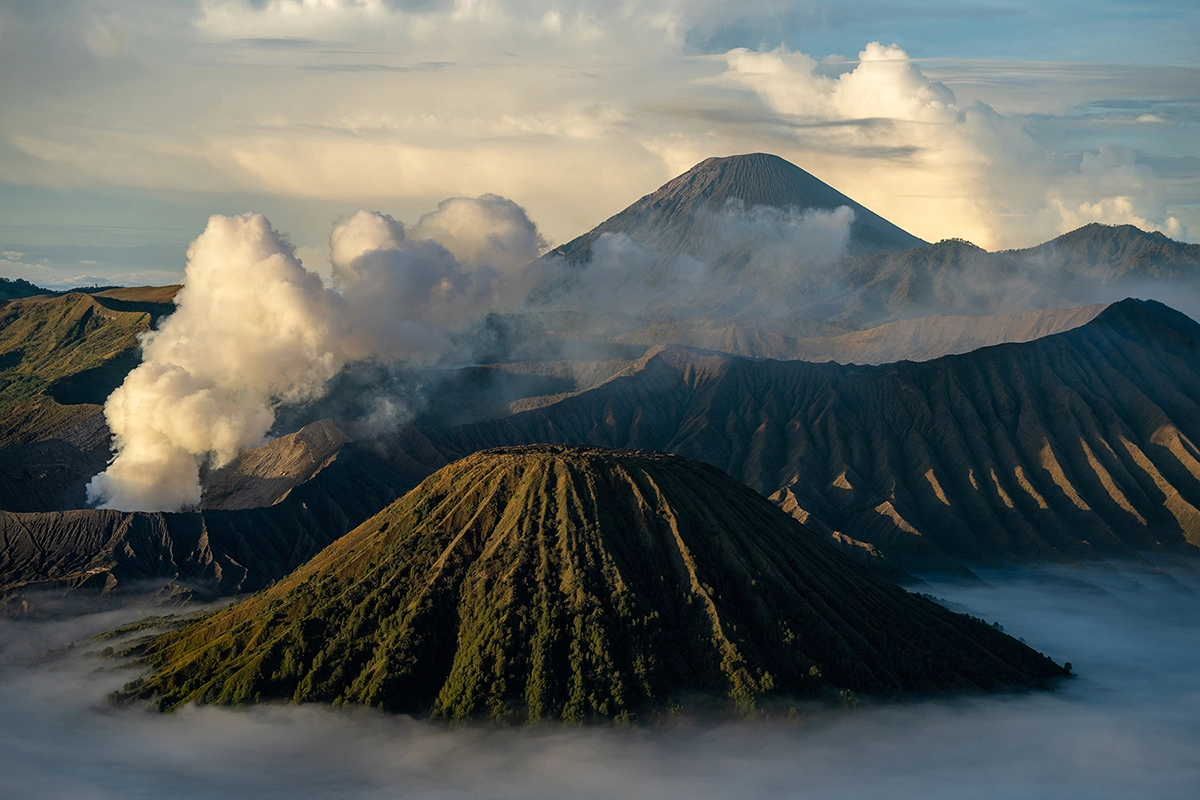
Timing matters—especially when elevation is involved. Midday sunlight at higher altitudes can be harsh and unflattering, often causing overexposed skies and lackluster shadows. Instead, aim to shoot during golden hour. The warm, angled light improves tonal depth and cuts through atmospheric interference more effectively.
Pay attention to the weather as well. Crisp, clear mornings often offer the best visibility, while post-storm conditions can add dramatic clouds and mood. A lens that performs in changing light conditions is critical, so Tamron’s coatings and optical performance are engineered for consistency and clarity.
Advanced Techniques for Post-Processing
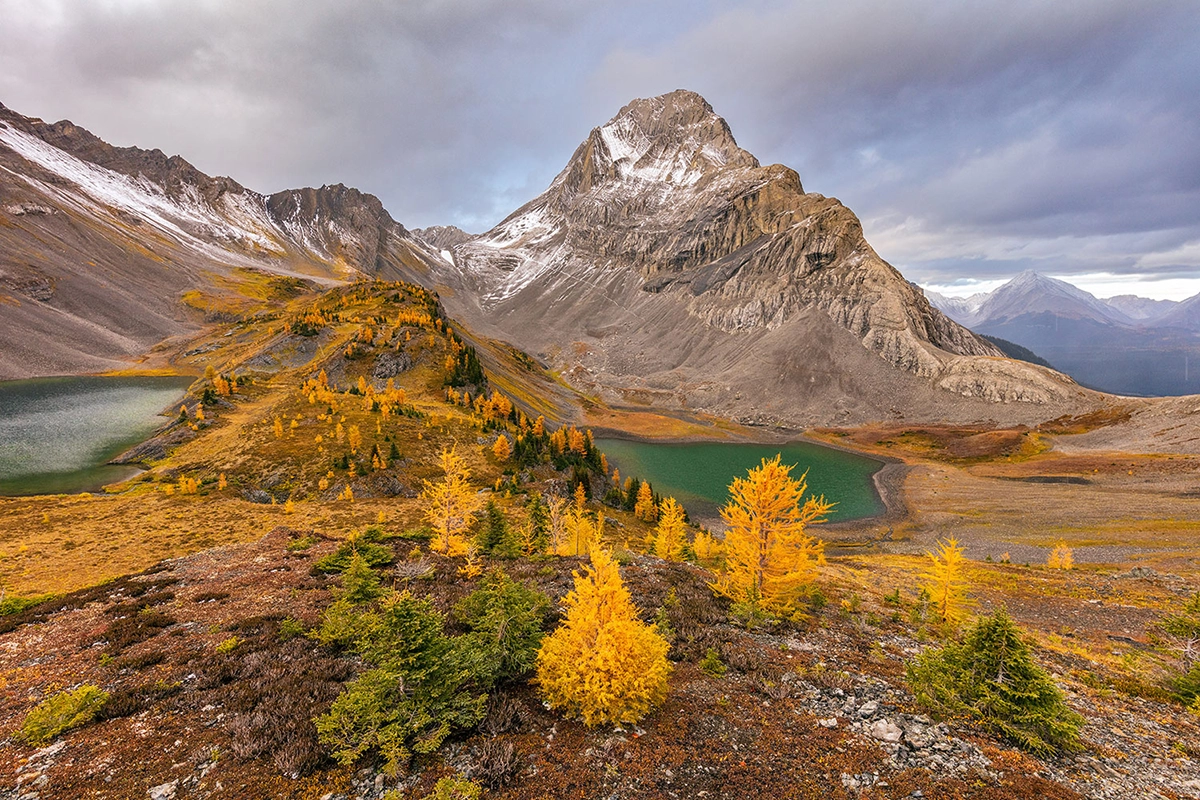
Even with the best glass, the high atmosphere can still soften images. That’s where editing comes in. One effective technique to reduce haze in landscape photos is to apply dehazing filters selectively in Lightroom or Photoshop, preserving natural contrast without overprocessing the image.
Saturation and clarity adjustments can further enhance your shot—just be cautious not to push colors too far. One trick? Use local adjustments instead of global edits to highlight specific portions of the frame, giving the final image a more dynamic and polished feel.
For photographers looking to elevate their editing skills, experimenting with advanced landscape photography techniques like exposure blending or luminosity masking can help bring out every intricate detail captured by your Tamron lens.
Take Your Landscape Photography to New Heights
Not every aerial photo requires propellers or parachutes. Sometimes, the most stirring views come from your own two feet and the right piece of glass. Whether you’re peering out from a rocky summit or leaning over a rooftop railing, Tamron’s high-performance zoom lenses provide the reach, speed, and clarity needed to make those vistas unforgettable.
If you’re searching for the best camera lens for mountain photography, Tamron’s lineup is built to meet the moment—no matter how high you climb.
Explore more from Tamron Americas at the Tamron Store, or locate an authorized dealer near you through our dealer locator. The horizon’s waiting.

